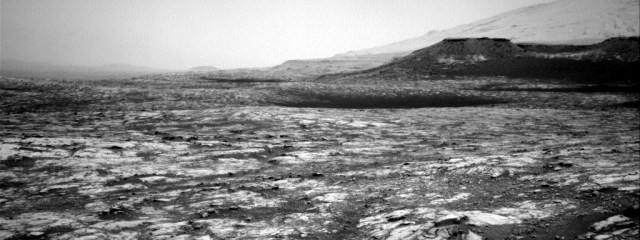
On Sunday, Curiosity completed its activities in Glasgow and is now preparing for its next mission on Mars. The rover has a packed science plan that includes several unique opportunities to observe the Martian surface.
One of these opportunities is the use of Mastcam and Navcam to study the movement of sand and dust on the Martian surface. This will provide valuable insights into the formation and erosion of Mars’ sand dunes over its long history. Additionally, the APXS instrument will be analyzing trace amounts of argon in the atmosphere, which will help scientists understand Mars’ unique climate and seasonal changes.
In a rare move, Curiosity will also be conducting a ChemCam observation known as a “passive sky,” where the instrument will be used to study the atmosphere without its laser. This will allow scientists to track changes in gases such as water vapor and dust as the seasons change on Mars. As the rover enters the dusty season on Mars, keeping an eye on the sky will be crucial for detecting any potential storms that may arise.
The team is excited about this valuable data that they hope will further our understanding of the Martian environment. With each new observation, we are one step closer to uncovering Mars’ secrets and discovering what it has to offer us about our own planet’s past or future possibilities.




